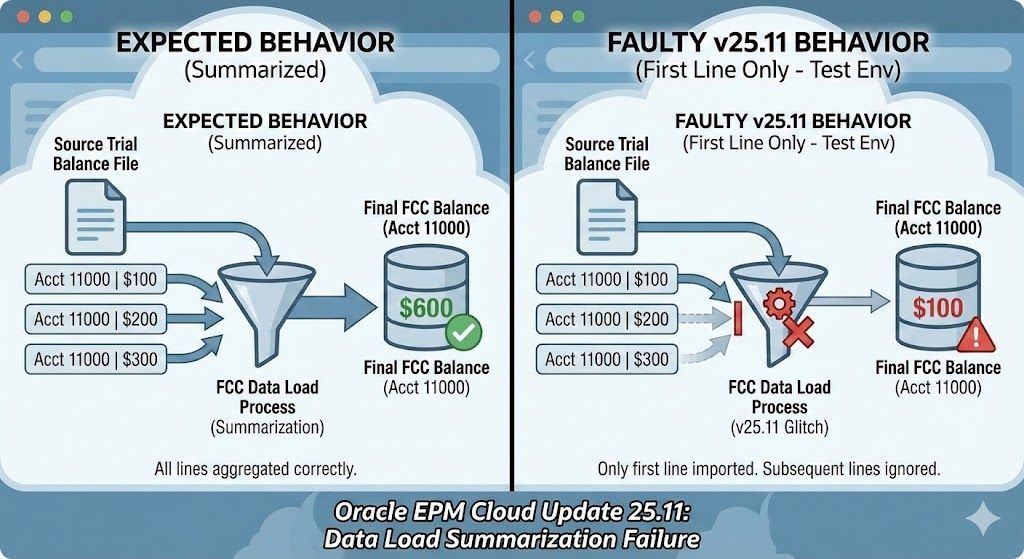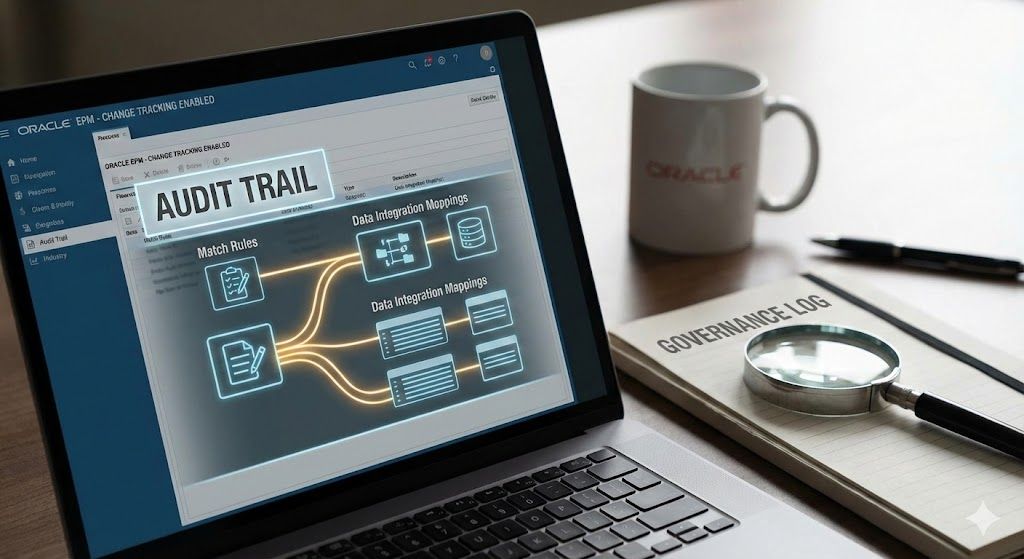Tracking Unrecognized Deferred Tax Assets
Nadia Lodroman • 31 August 2025
Listen to Tresora and Ledgeron's chatting about this blog post:
A Look at the New DTNR Functionality in Oracle Tax Reporting
For multinational organizations, meeting the detailed disclosure requirements of International Financial Reporting Standards (IFRS) is a significant challenge. Specifically, IAS 12, Income Taxes, mandates detailed reporting on deferred tax assets, including those arising from unused tax losses and tax credits. A common pain point is the tracking and disclosure of such assets for which no deferred tax asset is recognized in the statement of financial position.
Oracle's September 2025 update for Tax Reporting introduces a targeted solution to address this precise business requirement.
The Business Requirement: Tracking Unrecognized Deferred Tax Assets
Under IAS 12, entities are required to disclose the amount and expiration date of deductible temporary differences, unused tax losses, and unused tax credits for which no deferred tax asset is recognized.
Historically, this has been a manual exercise for many tax departments. The necessary data is often maintained in offline spreadsheets, creating significant challenges related to:
- Data Integrity: Manual processes are prone to error, posing a risk to the accuracy of financial statements.
- Efficiency: Consolidating and reconciling this data for disclosure purposes is time-consuming and resource-intensive.
- Auditability: Providing a clear, systematic audit trail for figures managed outside of core financial systems can be difficult.
The Solution: "Tax Losses and Credits DTNR by Year of Expiration"
The new functionality within Oracle Tax Reporting directly embeds this process into the application. By enabling this feature, organizations gain access to new forms—Tax Losses DTNR
and Tax Credits DTNR—designed to systematically capture and track unrecognized tax losses and credits based on their year of expiration.
This moves a critical reporting function from an offline, manual process into a controlled and automated system environment.
Key Business Benefits
Integrating this process delivers several tangible benefits for corporate tax and finance teams:
Improved Accuracy and Control:
By centralizing the tracking of unrecognized deferred tax assets, you reduce the risk of manual errors and ensure a single, reliable source of truth for reporting.
- Enhanced Efficiency: The automation of data collection and reporting for this specific disclosure frees up valuable team resources, allowing a greater focus on strategic analysis rather than manual data preparation.
- Streamlined Compliance and Auditing: The feature is designed specifically to meet IFRS requirements, simplifying the preparation of financial statement notes. It also provides a clear, auditable trail directly within the Oracle platform, satisfying auditor requests more efficiently.
- Strategic Tax Planning: A clear view of unrecognized tax assets, categorized by expiration date, provides crucial insights for proactive tax planning and forecasting efforts.
Conclusion
The addition of the DTNR mechanism for unrecognized tax losses and credits in Oracle Tax Reporting 25.09 is a significant step forward for organizations reporting under IFRS. It replaces a high-risk, manual process with a streamlined, system-driven solution that enhances accuracy, efficiency, and compliance.
If your organization is looking to leverage this new functionality or optimize your tax provision and reporting processes, expert guidance can ensure a smooth and effective implementation.
For a detailed consultation on how this feature can benefit your specific business needs, please contact Nadia Lodroman at www.lodroman.com.






